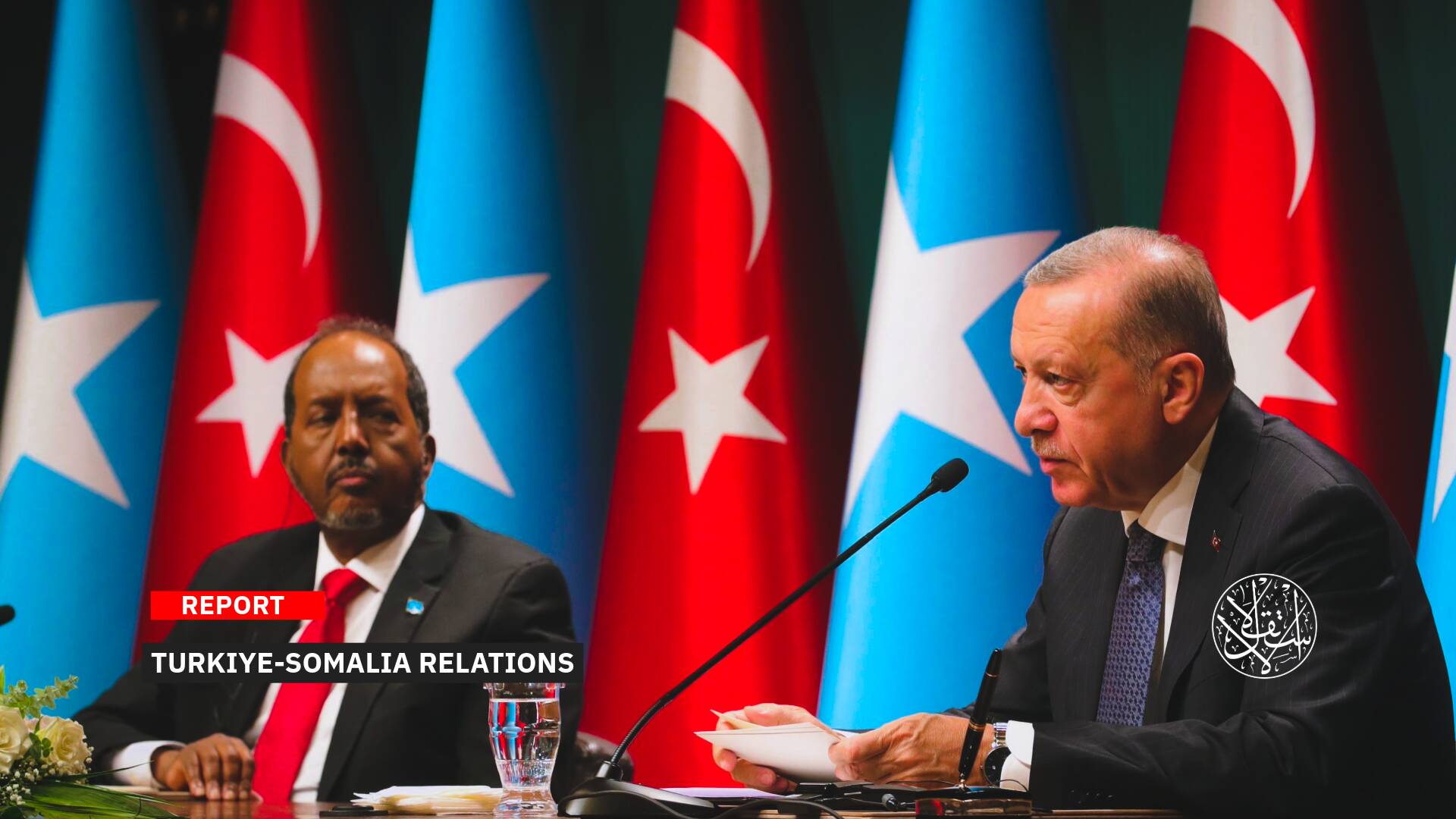A Visit to Russia’s Former Colonies: What Does the United States Want From Central Asia?

Against the backdrop of ongoing tensions between the West and Russia due to the conflict in Ukraine, Secretary of State Antony Blinken’s visit to Central Asia has raised questions about its significance.
This trip marks Blinken’s inaugural diplomatic mission in his new role as the leader of U.S. foreign policy. He arrived in Tashkent, Uzbekistan, following a stop in Kazakhstan earlier in the week.
Blinken’s visit takes place amidst a Western-Russian conflict that has intensified significantly since the year-long war in Ukraine.
One of the key goals of the trip is to diminish Russian influence in Central Asian countries, thereby preventing Moscow from using them as a potential refuge to circumvent Western sanctions.
The United States’ efforts to limit Russia’s sphere of influence in Central Asia are a clear indication of the geopolitical importance of the region. As Blinken continues his tour of the area, it remains to be seen how effective these efforts will be in reshaping the balance of power in this critical part of the world.
Clear Goals
During his Central Asia tour, Secretary of State Antony Blinken emphasized the United States’ objectives for the region, including reducing dependence on Russia and promoting economic disengagement.
Blinken met with foreign leaders in Astana and announced $25 million in new funding to support the diversification of Central Asia’s trading partners.
This funding will be used to develop electronic payment systems, teach English, and provide training for returning migrant workers.
Blinken also addressed Central Asian countries’ concerns about maintaining their sovereignty over their territories and avoiding the same fate as Ukraine.
He underscored the importance of upholding international norms and principles and preventing further aggression.
“If we allow [those principles] to be violated with impunity, that does open the prospect that Russia itself will continue to consider further aggression against other countries,” he said.
Upon his arrival in Tashkent, Blinken met with Uzbek President Shavkat Mirziyoyev and commended his efforts to address the problem of forced and child labor in cotton harvesting.
He called it a model for other countries facing similar challenges around the world. The United States is eager to collaborate with the Uzbek government to further advance these efforts and support the president’s reform agenda.
This includes commitments to defend religious and press freedom and strengthen the protection of vulnerable populations.

Will Washington Succeed?
Despite the outbreak of war in Ukraine, the Central Asian countries have maintained their neutrality in the conflict.
These countries, which share a Soviet history with Ukraine, have abstained from voting on U.N. resolutions condemning Russia and have continued their relationship with Moscow through joint organizations such as the Shanghai Group.
In 2022, Russia remained Kazakhstan’s top economic partner, with Kazakh exports totaling $5.9 billion in the first months of the year, a 16% increase from the same period in 2021.
Other Central Asian countries have also maintained economic ties with Russia. Additionally, these countries have military relations with Russia, with Moscow maintaining a military presence through three military bases in Kazakhstan, Kyrgyzstan, and Tajikistan. The latter is home to the largest Russian base abroad, with 7,000 Russian troops stationed there.
Despite these ties, some Western reports suggest that the Central Asian countries are shifting away from Russia and seeking new relationships with the West.
However, Ali Suleiman, a researcher on Central Asia, believes that these reports are unfounded. He explains that the Central Asian countries’ neutrality in the Ukraine conflict is a means of avoiding Western sanctions and that their relationships with Russia are normal based on economic and security data and partnership agreements.
Suleiman concludes that a shift in the Central Asian countries’ foreign policy toward Russia is unlikely.
“When you go back to the economic and security data, to all the partnership agreements signed by it and to the reports of Russian or Chinese security organizations in this regard, we find that relations are in place normally,” he notes.
Fear of Russia
During his trip to Central Asia, Secretary of State Antony Blinken attempted to allay concerns over Russia’s encroachment on the sovereignty of Central Asian nations.
These concerns have been compounded by President Putin’s comments in 2015, in which he drew parallels between Ukraine and Kazakhstan, suggesting that Kazakhstan lacked statehood.
These remarks were made using the same rationale Putin had previously used to justify the annexation of Crimea and the Donbas.
The presence of a significant Russian minority in northern Kazakhstan has exacerbated these fears, which have been steadily increasing in the region.
In the same vein, Khaled al-Safty, a political researcher specialized in Turkic matters, told Al-Estiklal that the US-Russian conflict over Central Asia dates back to the era of the end of the Soviet Union,
At that time, Russia sought to impose its control in one way or another after the independence of the Soviet republics to prevent the United States from entering them, especially after Uzbek groups played a role with the Afghan mujahideen.
Al-Safty explained that when China proposed to revive the Silk Road for trade, it included the Gulf countries and Iran, passing through Pakistan from southwest China to the Arabian Sea by land and even the Pakistani port of Gwadar. This makes Central Asia the axis of this very important trade route.
“The U.S., especially with the current Democratic administration, wants to achieve a number of goals in Central Asia, including striking the Sino–Russian alliance and disrupting the security blocs that include Russia, China, and Asian countries,” al-Safty said.
“U.S. Secretary of State Antony Blinken visited Kazakhstan and talked about a strategic partnership with it, so America wants to penetrate the backyard of both Russia and China,” he added.
“Meanwhile, Russia is interested in the Central Asian region being stable, as it is a national security zone for it, despite the differences between these countries, as there were border differences between Kurdistan and Tajikistan and President Putin settled them at the last summit,” he concluded.










